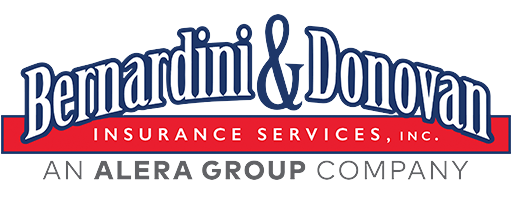When preparing to comply with the new Healthcare Reform law, large employers should recognize the implications of non-compliance as it relates to the play or pay penalty. If your organization has over fifty full-time employees and they were there in the preceding year, you must offer an adequate health care insurance option to them or pay penalties. What does this mean?
It means that if you are a large corporation, your penalties will be assessed based on the recorded number of full-time employees. The pay or play penalty can be calculated in a variety of ways. If you have a number of subsidiaries, your calculations would be different than that of a company with just one major corporation and all of the full-time employees working under that entity. This penalty applies to the corporation or entity that failed to provide “affordable” coverage, which is the main stipulation of the law. If your corporation offers this coverage, then you are in compliance and will not face these penalties.
For more detailed information on the pay to play penalties and how it could affect your organization, contact Bernardini & Donovan Insurance Services.

